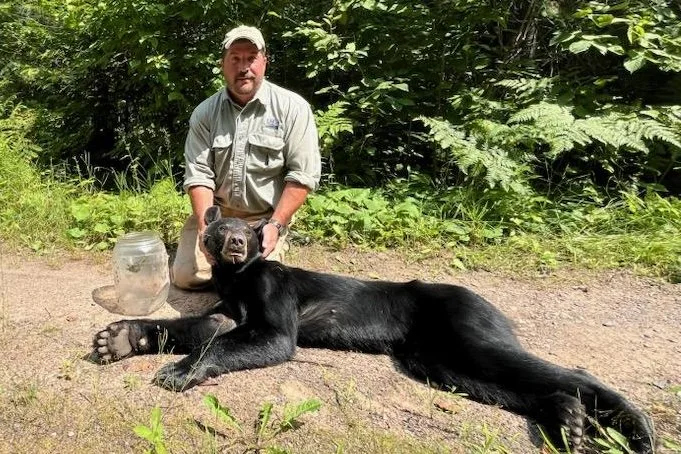When researchers collected and thawed samples of permafrost sediment frozen for the past 42,000 years, they turned out to reveal living nematodes (roundworms).
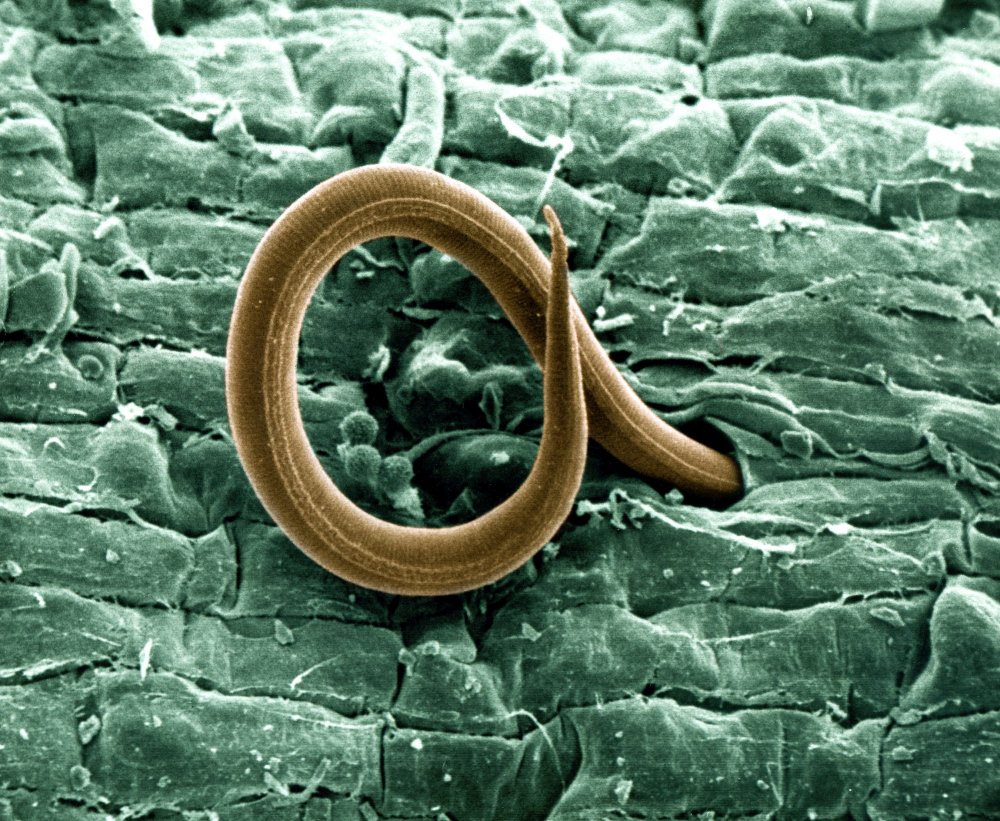
Juvenile root-knot nematode, Meloidogyne incognita. Photo by William Wergin and Richard Sayre. Colorized by Stephen Ausmus. U.S. Department of Agriculture
A group of Russian biologists dug up more than 300 frozen soil samples of different ages and locations from the permafrost throughout the Arctic and took them back to their lab in Moscow for further investigation. Then, in collaboration with Princeton University, they isolated two worms and placed them in Petri dishes with a nutrient medium at 20 degrees Celsius (68 Fahrenheit). Within a few weeks, the roundworms began to move and eat, Science Alert reports.
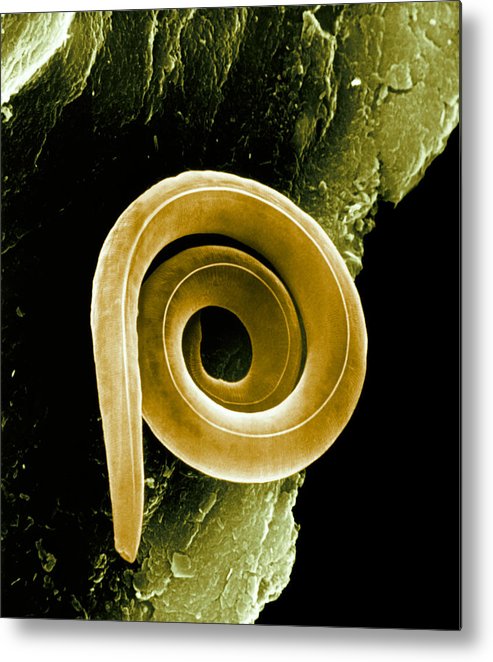
This is the new record for the time an animal can survive cryogenic preservation. But apart from revealing new limits of endurance, the discovery might prove useful with regards to preserving our own tissues, too. The findings were published in Doklady Biological Sciences.
The two worms – both female – came from two known species called Panagrolaimus detritophagus and Plectus parvus. The former was found 30 metres (100 feet) underground in what had once been a ground squirrel burrow which caved in and froze over around 32,000 years ago. The latter came from a bore sample at a depth of around 3.5 metres (about 11.5 feet). The researchers used carbon dating to determine that sample to be about 42,000 years old.

Close up on Panagrolaimus. Image credit: Michigan State University
Even the researchers admit though that contamination can’t be ruled out 100 per cent. That said, they emphasize that they adhered to strict sterility procedures and contaminating the samples was also unlikely as they came from a type of permafrost that is syncryogenic – meaning that freezing and sediment accumulation happen at the same time.
Also, contemporary worms aren’t known for burrowing so deep into permafrost, and seasonal thawing is limited to around 80 centimetres (under 3 feet). And there’s been no hint of thawing beyond 1.5 metres (5 feet) when the area was at its warmest around 9000 years ago.
What all this means is that we can be fairly confident these worms really did awaken from one incredibly long nap.
And not only did they awaken, they even cloned some new family members! These cloned worms were then cultured separately by the researchers, and they too thrived.
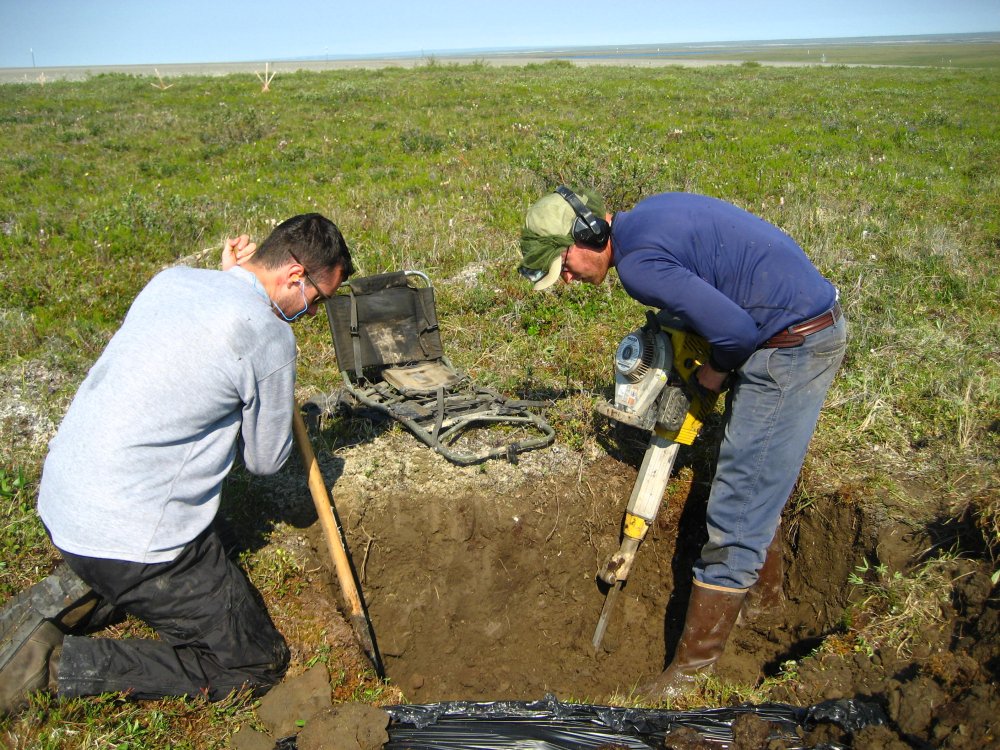
Digging for samples in the permafrost. Image credit: Nick Bonzey
Roundworms, known scientifically as nematodes, and their close relative, the tardigrade, have been known to withstand extremely severe environmental conditions (tardigrades have been shown to survive even the vacuum of space). Some roundworms have previously been revived after being dormant for 30 to 39 years, but nothing has previously been seen on a scale quite like this.
Discovering animals that can remain dormant for tens of thousands of years is an accomplishment well worth paying attention to. Learning more about their biochemical mechanisms that limit the damage of ice and hold off the ravages of oxidation on DNA over the millennia might pave the way to better cryopreservation technologies.
“It is obvious that this ability suggests that the Pleistocene nematodes have some adaptive mechanisms that may be of scientific and practical importance for the related fields of science, such as cryomedicine, cryobiology, and astrobiology,” the researchers write in their report.
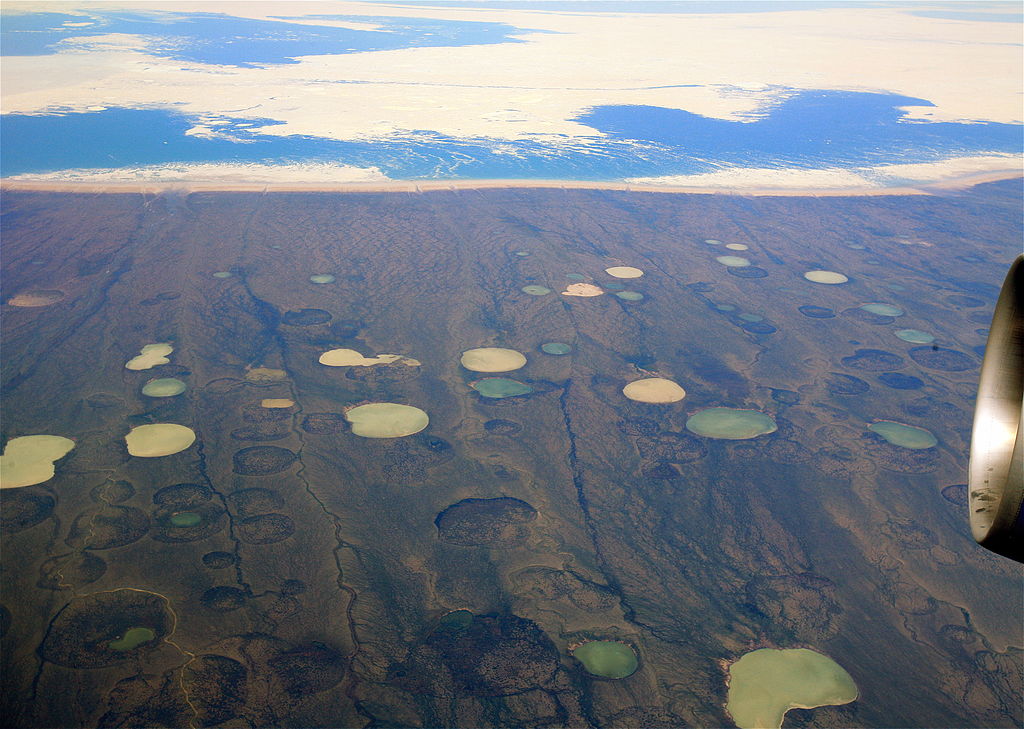
Permafrost thaw ponds in Hudson Bay Canada near Greenland. Image credit: Steve Jurvetson
Unfortunately, however, the findings have a slightly darker side too. Ever since the permafrost – the permanently frozen ground of polar regions – began to thaw with the Earth warming, there have been concerns it could release dangerous pathogens locked up in deep freeze for ages. And although Nematodes are unlikely to pose much of a threat, their survival stands as evidence that a diverse array of organisms – from bacteria to animals, plants to fungi – could potentially make a return after a long absence.
And we can only guess what that would mean for surrounding ecosystems, and within them, us.
We can only hope a few drowsy worms are all we have to worry about in Siberia’s melting iceland.

